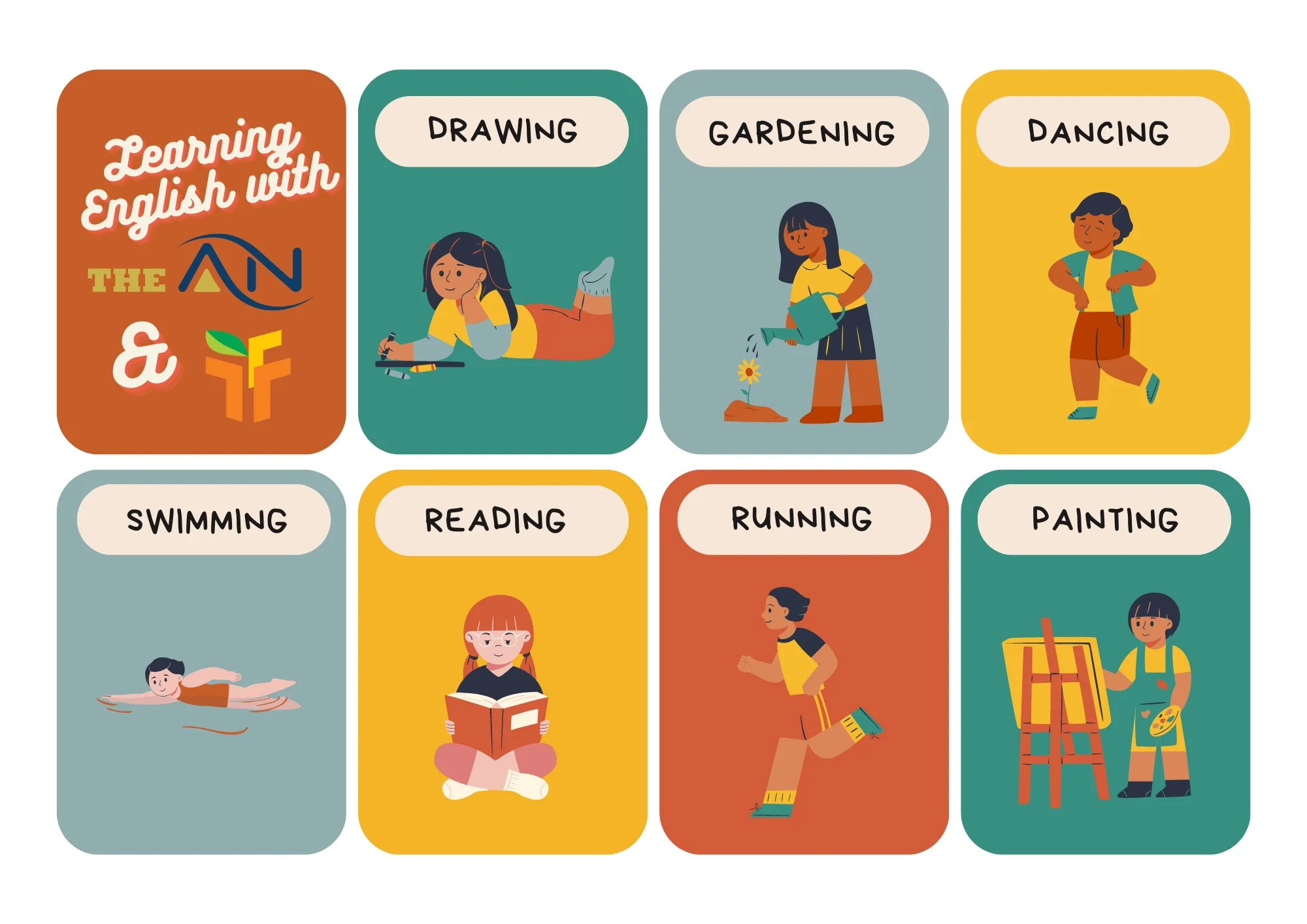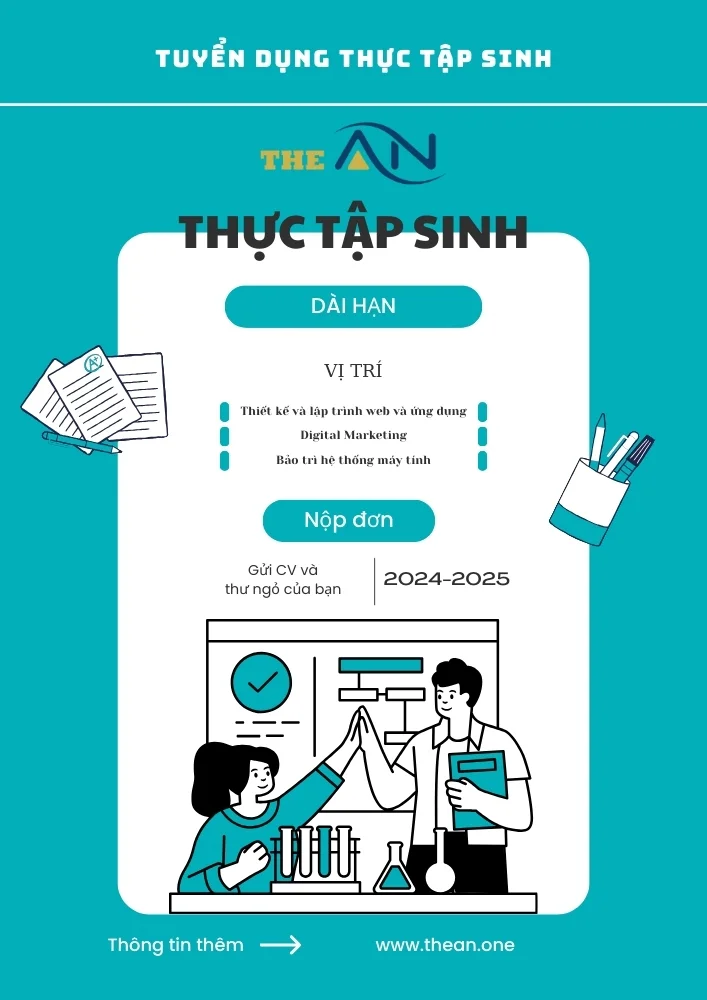Active and Passive Voice Rules for Competitive Exams

Active and Passive voice is a particularly essential grammatical structure used in the English language. Understanding the rules governing their usage is crucial for effective communication. In this article, we will delve into the fundamentals of the active and passive voice. we will also explore the usage, rules, and conversion of Active and Passive voices. The English Language is utterly essential for all competitive exams, and you must understand the significance of the Voice section if you are preparing for one.
Table of Content
- Voice of a verb
- Active and Passive Voice Rules Chart
- Active And Passive Voice Rules For Conversion
- Active and Passive Voice Rules For All Tenses
- FAQs on Active and Passive Voice Rules
Voice of a verb
The voice of a verb is the form of the verb that indicates whether the subject of the sentence is performing the action or the subject is receiving the action. In the English Language, verbs can be classified into two types of voices – Active voice and Passive voice.
There are Two Basic Kinds of Voice in English Grammar:
1. Active Voice
2. Passive Voice
What is Active Voice?
- When the subject of the sentence performs the action expressed by the verb then it is Active Voice.
- For Example: “Nisha ate the apple”. Here “Nisha” is the subject performing the action ”ate”.
What is Passive Voice?
- When the subject of the sentence receives the action expressed by the verb or is acted upon then it is Passive Voice.
- For Example: “The apple was eaten by Nisha.” Here ”The apple” is the subject receiving the action “was eaten”.
“Active voice defines that the subject is doing the action and the passive voice refers to that the subject is being acted upon.”
Active and Passive Voice Rules Chart
| Tense | Active voice | Passive voice |
|---|---|---|
| Present Indefinite | Does/Do | Is/Are/Am |
| Present Continuous | Is/Am/Are | Is/Am/Are + Being |
| Present Perfect | Has / Have | Has been / Have been |
| Present Perfect Continuous | Has / Have been | Has / Have been + Being |
| Past Indefinite | Did | Was / Were |
| Past Continuous | was/were | was/ were + being |
| Past Perfect | had | had been |
| Past Perfect Continuous | had been | had been + being |
| Future Indefinite | Will | Will be |
| Future Continuous | Will be | Will be + Being |
| Future Perfect | Will have | Will have been |
| Future Perfect Continuous | Will have been | Will have been + being |
Active And Passive Voice Rules For Conversion
- The object of the active verb becomes the subject of the passive verb.
- The active sentence’s subject becomes the object of the passive sentence (or is dropped). The finite form of the verb is changed to past participle or V3 form.
- The preposition “by” is used before the passive object.
Active and Passive Voice Rules For All Tenses:
1. Simple Present/ Past/ Future Tense
- Active: Subject + V1/ V2/ will V1/ shall V1 + object…
- Passive: Object + Is/are/am/was/were/will be/shall be + verb (III forms) + by + subject…
2. Present/ Past Continuous Tense
- Active: Subject + Is/are/am/was/were + verb (ing) + object…
- Passive: Object + Is/are/am/was/were + being + verb (III from) + by + subject…
3. Present/ Past/ Future Perfect Tense
- Active: Subject + has/have/had/shall have/will have + verb (IIIrd form) + object…
- Passive: Object + has/have/had/shall have/will have + been + verb (IIIrd form) + by + subject…
4. Interrogative Sentences
Present and Past Tense:
- Structure 1:
Active: Do/does/did + subject + V1 + object….?
Passive: Is/are/am/was/were + object + V3 + by + subject….? - Structure 2:
Active: Is/are/a/was/were + subject + verb (ing) + object…?
Passive: Is/are/am/was/were + object + being + verb (III from) + by + subject…? - Structure 3:
Active: Has/have/had + subject + verb (IIIrd form) + object…
Passive: Has/have/had + object + been + verb (IIIrd form) + by + subject… - Structure 4:
Active: Who + verb (s or es)/verb (IInd form) + object…?
Passive: By whom + is/are/am/was/were + object + verb (IIIrd form)? - Structure 5:
Active: Wh-question word + do/does/did + subject + verb (I form) + object…?
Passive: Wh-question word + Is/are/am/was/were + object + verb (III from) + by + subject…?
Future Tense:
- Structure 1:
Active: Shall/ will + subject + verb (Ist form) + object….?
Passive: Is/are/am Shall/ will + object + be + verb (IIIrd form) + by + subject….? - Structure 2:
Active: Shall/ will + subject + have + verb (IIIrd form) + object…
Passive: Shall/ will + object + have + been + verb (IIIrd form) + by + subject… - Structure 3:
Active: Who + Shall/ will + V1 + object…?
Passive: By whom + Shall/ will + object + be + verb (IIIrd form)? - Structure 4:
Active: Wh-question word + Shall/ will + subject + verb (Ist form) + object…?
Passive: Wh-question word + Shall/ will + object + be + verb (IIIrd from) + by + subject…?
5. Imperative Sentences
- Positive:
Active: Verb + object
Passive:
(i) Let + object + be + past participle
(ii) You are requested/ordered/suggested + to + verb (Ist form) + object - Negative:
Active: Do + not + Verb + Object
Passive:
(i) Let + object + not + be + past participle
(ii) You are requested/ordered/suggested + not + to + verb (Ist form) + object
6. “To be” Sentences
- Active: Subject + Is/Are/Am/Was/Were/Has/Have/Had + To + Verb (Ist form) + Object.
- Passive: Object + Is/Are/Am/Was/Were/Has/Have/Had + To + Be + Verb (III form) + By + Subject.
7. Verb + Preposition + Object
- Active: Subject + verb + preposition + object….
- Passive: Object + to be + verb (III form) + preposition + by + subject….
8. Modal Verbs
- Active: Subject + modal verb + (V1) + object….
- Passive: Object + modal verb + be + V3 + by + subject… .
9. Di-Transitive Verbs
Some verbs take two objects, for example:
- Active: Samdish gave the beggar an old t-shirt.
- Passive:
(i) An old t-shirt was given to the beggar by Samdish.
(ii) The beggar was given an old t-shirt by Samdish.
10. Sentences with the Intransitive Verb:
Such sentences are known as Mid-voice or Quasi-Passive voice. They seem in active voice, but their meaning is in passive voice, and they have intransitive verbs, like without a direct object.
- Active: Honey tastes sweet..
- Passive: Honey is sweet when it is tasted.
| TENSE | Active Voice | Passive Voice |
|---|---|---|
| Simple Present | I write a letter. | A letter is written by me. |
| Present Continuous | I am writing a letter. | A letter is being written by me. |
| Present Perfect | I have written a letter. | A letter has been written by me. | Present Perfect Continuous | I have been writing a letter. | A letter has been being written by me. |
| Simple Past | I wrote a letter. | A letter was written by me. |
| Past Continuous | I was writing a letter. | A letter was being written by me. | Past Perfect | I had written a letter. | A letter had been written by me. |
| Past Perfect Continuous | I had been writing a letter. | A letter had been being written by me. |
| Simple Future | I will write a letter. | A letter will be written by me. | Future Continuous | I will be writing a letter. | A letter will be being written by me. |
| Future Perfect | I will have written a letter. | A letter will have been written by me. |
| Future Perfect Continuous | I will have been writing a letter. | A letter will have been being written by me. |
FAQs on Active and Passive Voice Rules
Active: I gave him a book for his Birthday
Passive: He was given a book for his Birthday.
Active: The Hunter killed the Lion
Passive: The Lion was killed by Hunter.
When we want to frame a sentence in such a condition where the main subject, who is doing the action is not known then we can use passive voice.
When the Subject is doing the action it means the sentence is in Active Voice. And when the Subject is only receiving the action it means the sentence is in Passive Voice.
- Active Voice: “She writes a book.”
Passive Voice: “A book is written by her.” - Active Voice: “They will complete the project.”
Passive Voice: “The project will be completed by them.” - Active Voice: “He repaired the car.”
Passive Voice: “The car was repaired by him.”
In passive voice, the object of the active sentence becomes the subject, and the verb is changed, often with the addition of “by” to indicate the doer of the action.
Exercise 1: Change the following active voice sentences into passive voice:
- The teacher teaches the students.
- They built a new house.
- She will sing a song.
- The chef cooked a delicious meal.
- The company has developed a new product.
Exercise 2: Rewrite the following sentences in passive voice:
- The cat chased the mouse.
- He has completed the assignment.
- They are repairing the car.
- The gardener is planting flowers.
- She will bake a cake.
Exercise 3: Identify whether the following sentences are in active or passive voice:
- The letter was written by Mary.
- They are watching a movie.
- The door was opened by John.
- She will be awarded a prize.
- He fixed the computer.
Passive voice can be used in different tenses to indicate when an action happens:
1. Present Simple Passive: Happens now.
The book is read by the students.
2. Past Simple Passive: Happened in the past.
The car was repaired by the mechanic yesterday.
3. Future Simple Passive: Will happen in the future.
The project will be completed by the team next week.
And so on, with each tense indicating a specific time frame for the action.
Quý anh/chị đang tìm kiếm một doanh nghiệp uy tín cung cấp dịch vụ Công Nghệ Thông Tin như Thiết kế và lập trình website, Digital Marketing, hoặc dịch vụ Bảo trì và chăm sóc hệ thống máy tính, ...? Đừng ngần ngại hãy liên hệ với The ÂN qua số điện thoại (+84).326.418.478 để được tư vấn cụ thể, hoặc liên hệ qua mẫu tin.
Các thông tin nổi bật khác:









